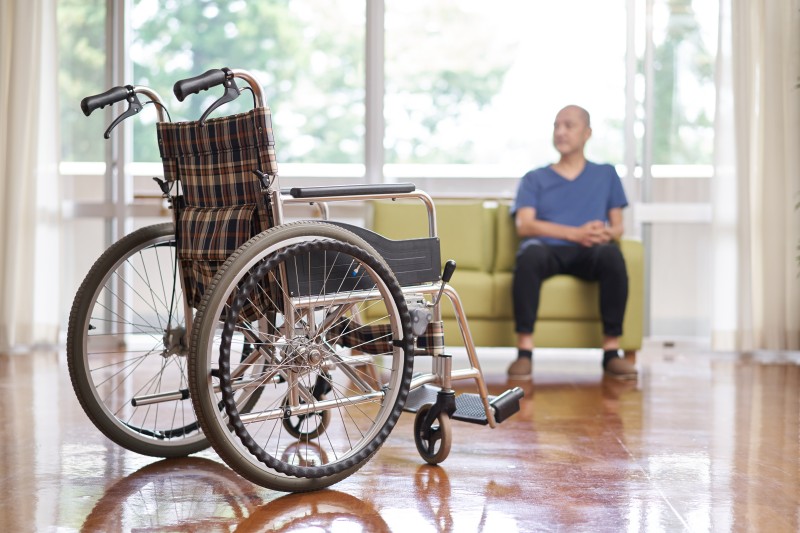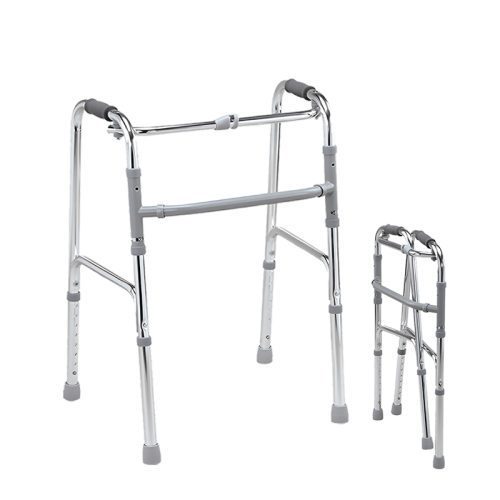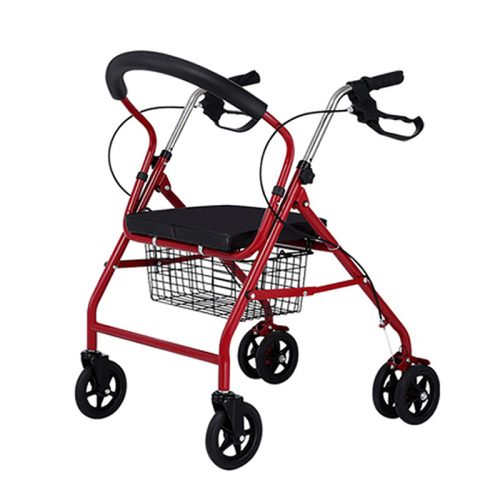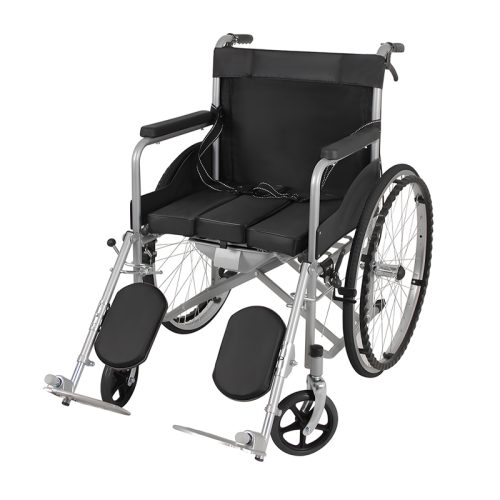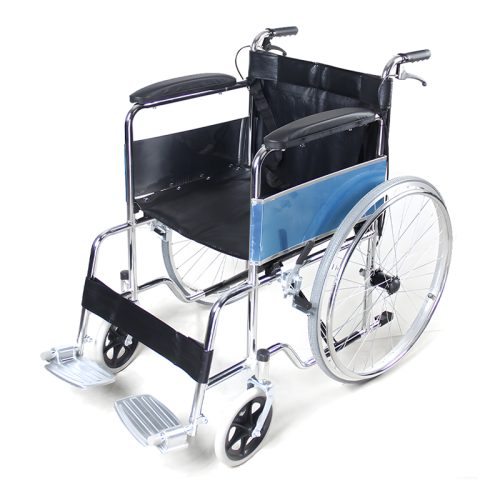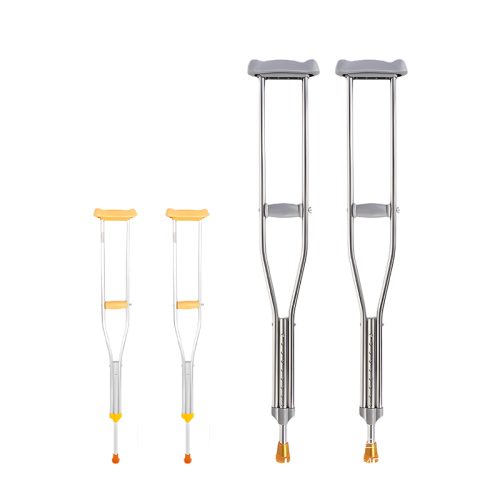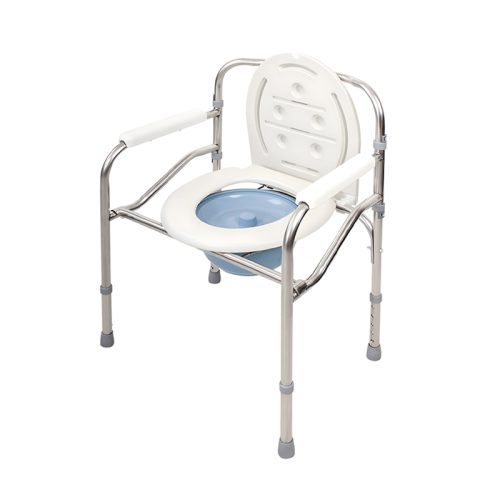
- Ratiņkrēsls
Etiopija Invalīdu ratiņkrēslu atbilstība 2025. gadam: FDA 510(k) ekvivalenti un klīnisko testu atbrīvojumi
- Līdz kelingmedical
1. Medical Device Classification Updates
A. EAFDA Classification System
| Device Type | 2023 Class | 2025 Class | Ietekme |
|---|---|---|---|
| Manuālie ratiņkrēsli | I | II | 94% require full technical documentation |
| Elektriskie ratiņkrēsli | II | II | Maintained with enhanced software validation |
| Pediatric Models | I | II | New biomechanical testing required |
| Sports Wheelchairs | I | II | Additional stability certifications |
B. Cross-Jurisdictional Equivalencies
Recognized Standards:
- FDA 510(k): 72% acceptance rate for mobility devices
- EU MDR: 58% documentation reciprocity
- China NMPA: 39% alignment (partial acceptance)
2. Clinical Evidence Requirements
A. Exemption Eligibility Criteria
| Condition | Exemption Type | Documentation Required |
|---|---|---|
| ISO 13485 Certification | Full clinical waiver | QMS certificate + audit reports |
| EU MDR Compliance | 60% test reduction | CE technical file + PMS data |
| FDA-cleared predicate | 45% data reuse | 510(k) summary + equivalence proof |
B. Required Testing Matrix
| Test Type | Manual | Elektriskais | Pediatrijas |
|---|---|---|---|
| Durability (EN ISO 7176-8) | 15,000 cycles | 20,000 cycles | 10,000 cycles |
| Safety (IEC 60601-1) | NAV PIEMĒROJAMS | Mandatory | Conditional |
| Biomechanical (ISO 16840) | Optional | Required | Mandatory |
3. Certification Process
A. 14-Step Approval Workflow
Device classification confirmation (5-7 business days)
Gap analysis against EAFDA standards (14 days)
Clinical exemption application (if applicable, 21 days)
Technical documentation preparation (avg. 45 days)
Sample testing at accredited labs (28-35 days)
Risk management file submission (EN ISO 14971)
Quality system audit (ISO 13485 alignment)
Electronic application submission
Preliminary review (15 days)
Expert panel evaluation (22 days)
Facility inspection (optional, 7 days)
Compliance fee payment ($2,800-$4,200)
Certificate issuance (5 days)
Post-market surveillance plan activation
B. Approval Timelines
| Pathway | Manuālie ratiņkrēsli | Electric Models |
|---|---|---|
| Standard | 154 days | 178 days |
| Priority* | 92 days | 115 days |
| *Available for orders exceeding 500 units |
4. Labeling & Documentation
A. Mandatory Label Elements
1. EAFDA registration number (minimum 3mm height)
2. Amharic safety warnings (62% space allocation)
3. QR code linking to electronic instructions
4. Import distributor contact details
5. Warranty terms in Ethiopian calendar dates
B. Technical File Requirements
100% translated user manuals (Amharic + Oromo)
Material declarations for 18 restricted substances
Electromagnetic compatibility reports (electric models)
5-year post-market surveillance commitment
Secinājums
Distributors can decrease compliance expenses by 35% through strategic application of EU MDR reciprocity rules and clinical test exemptions. Focus on obtaining EAFDA Class II certification for manual wheelchairs which accounts for 94% of the requirement while using ISO 13485 certification to eliminate the need for 43% of the testing.
BIEŽĀK UZDOTIE JAUTĀJUMI
Q1: How long is certification valid? A: Manual wheelchair certifications remain valid for 3 years while electric wheelchair certifications expire after 2 years.
Q2: Penalties for non-compliance? A: First-time offenses result in a 15% product value fine and a six-month suspension of import privileges.
Q3: Required local testing percentage? A: EAFDA-accredited laboratories must perform 30% of all durability testing.
Streamline Ethiopia Compliance with Keling Medical 📧 E-pasts: inquiry@shkeling.com 📱 WhatsApp: +86 182 2182 2482 🌍 Sertificēti produkti: EAFDA-Compliant Wheelchairs
Ask about our Regulatory Fast-Track Service – 92% first-pass certification success rate!

